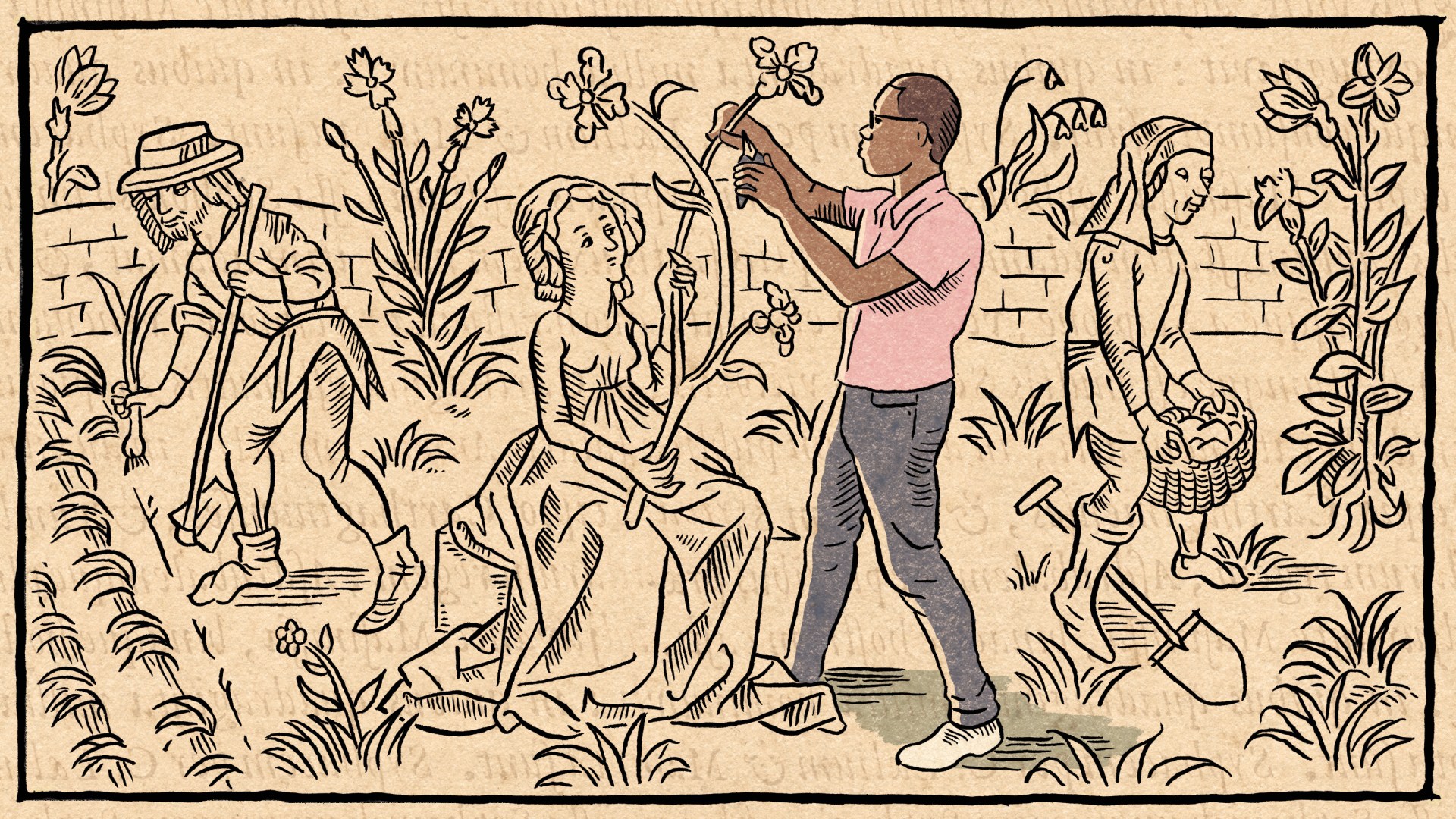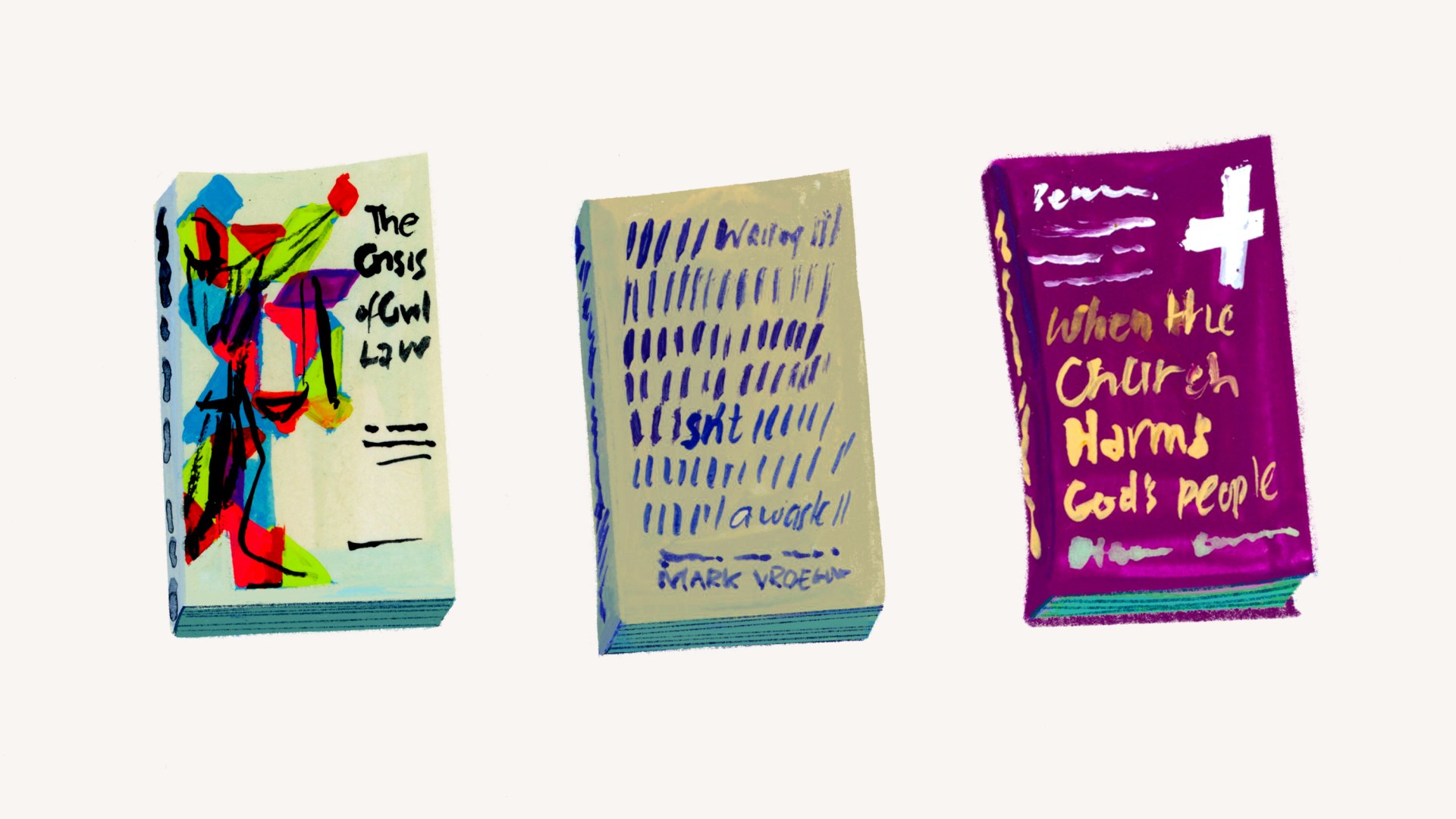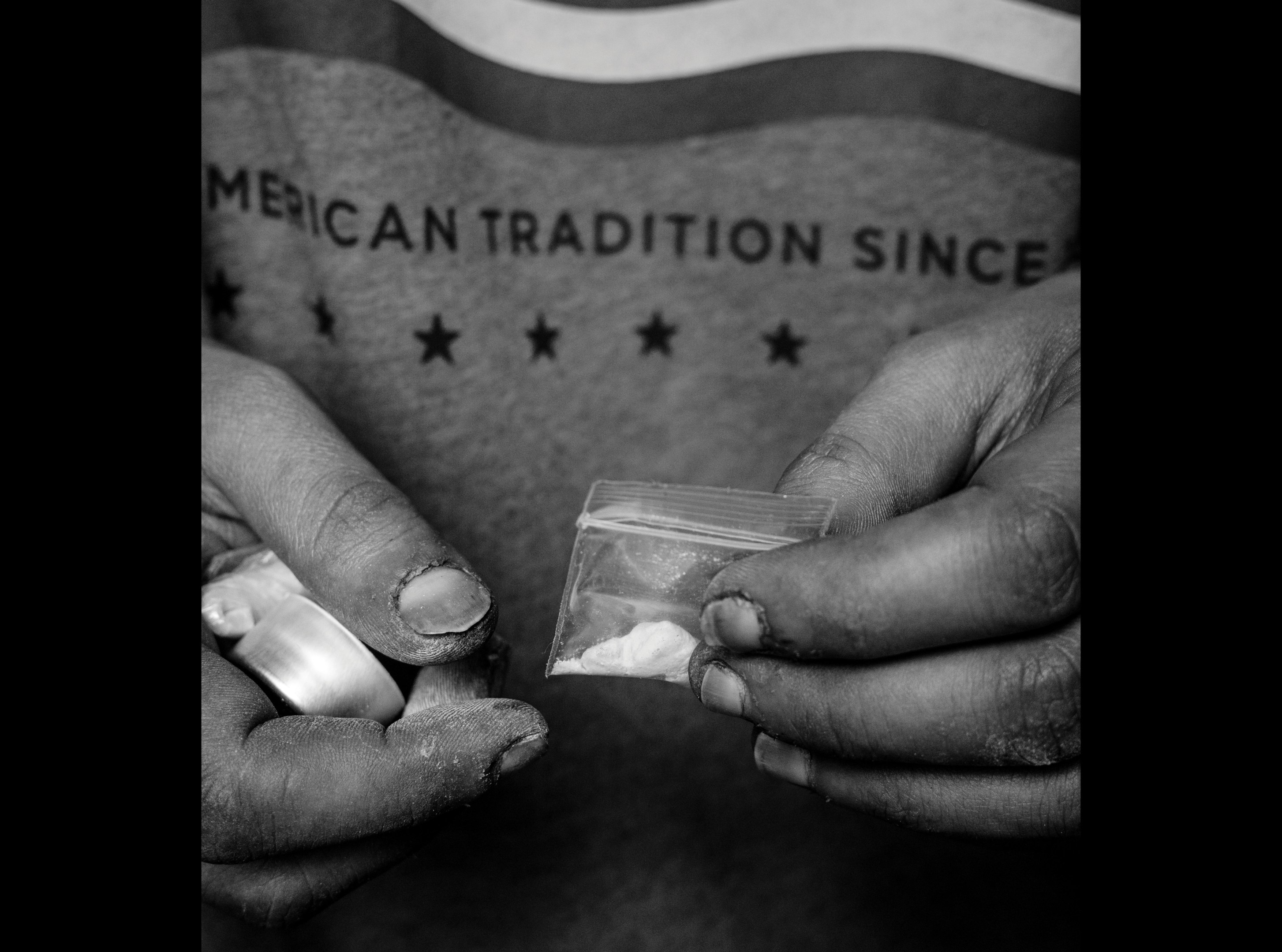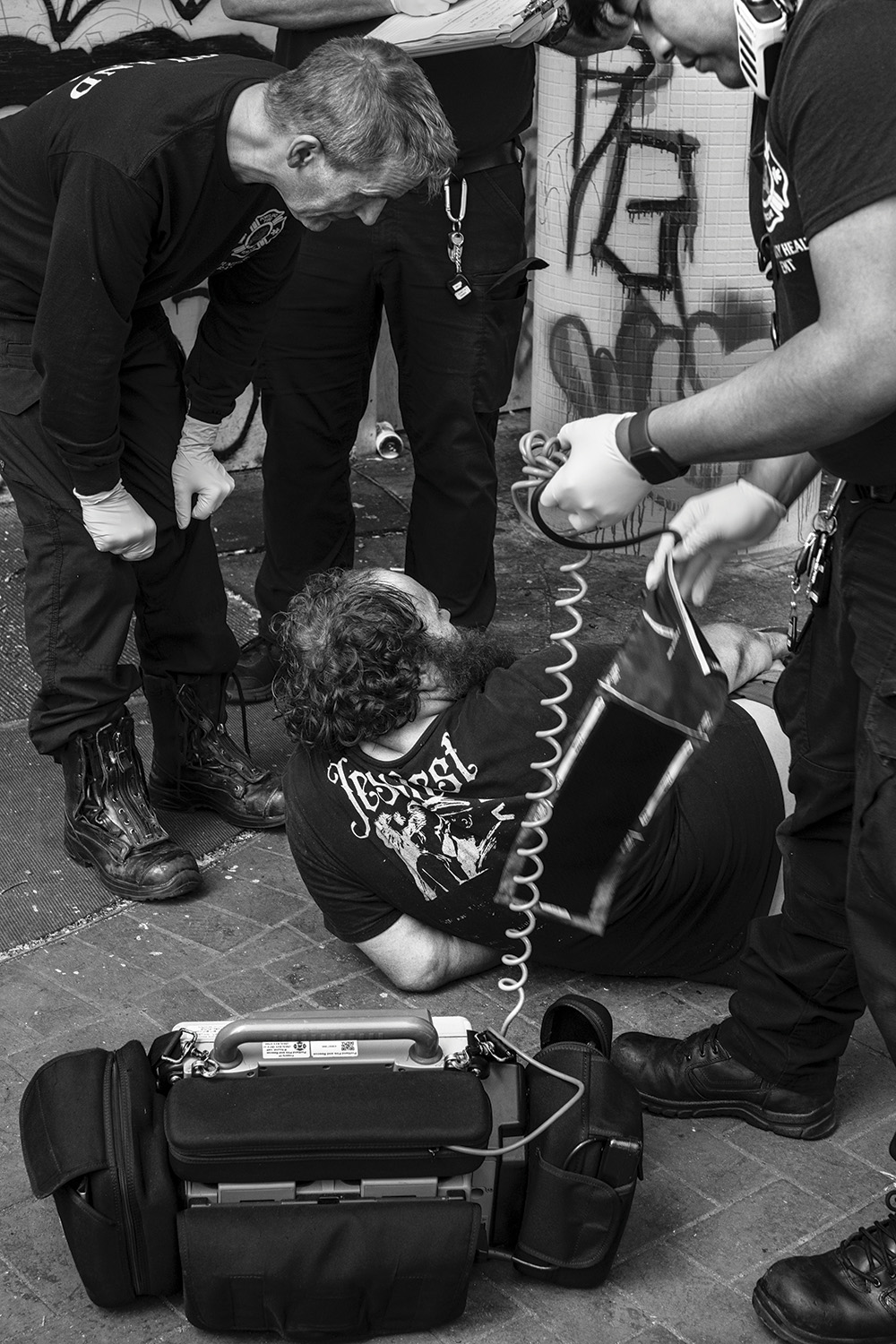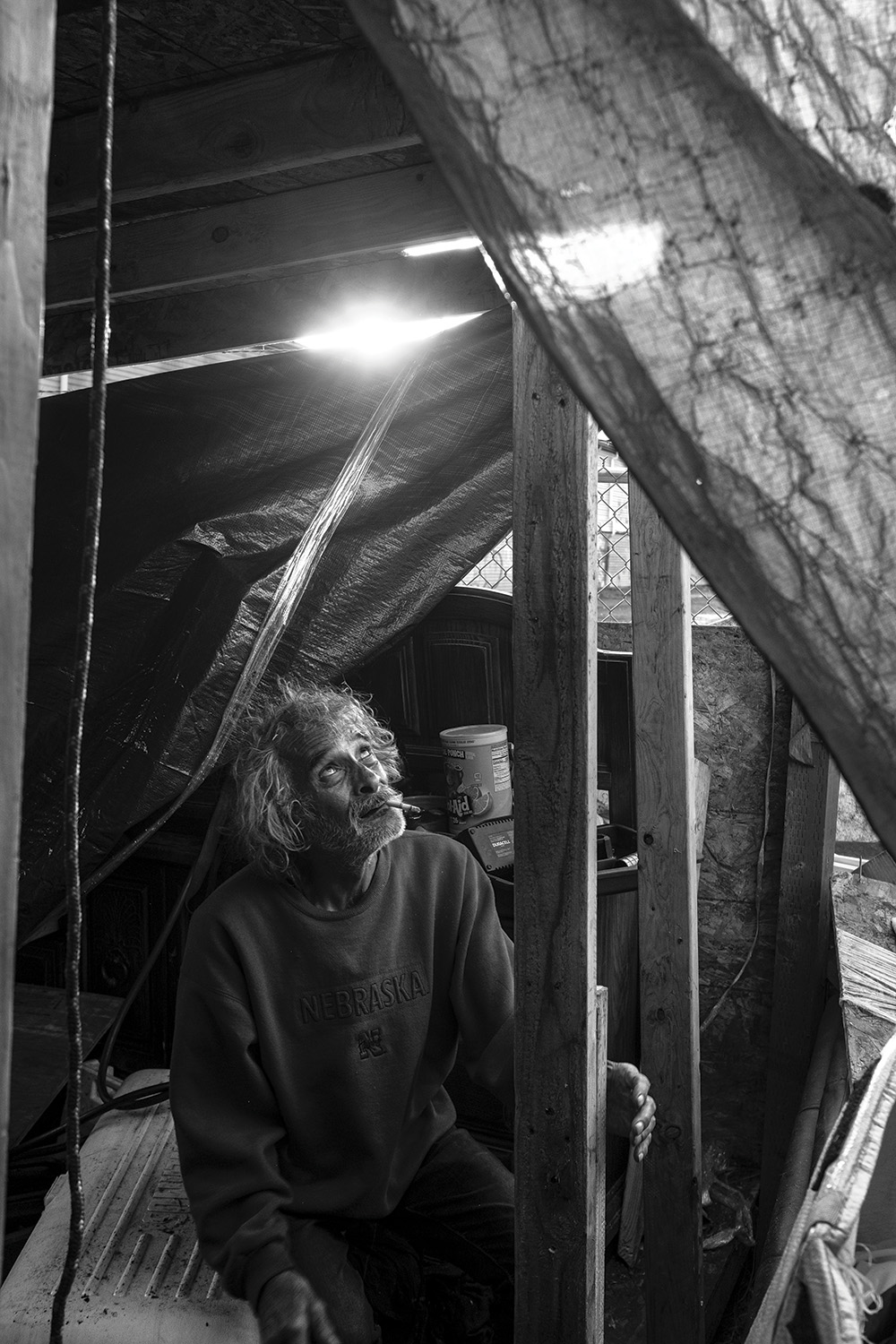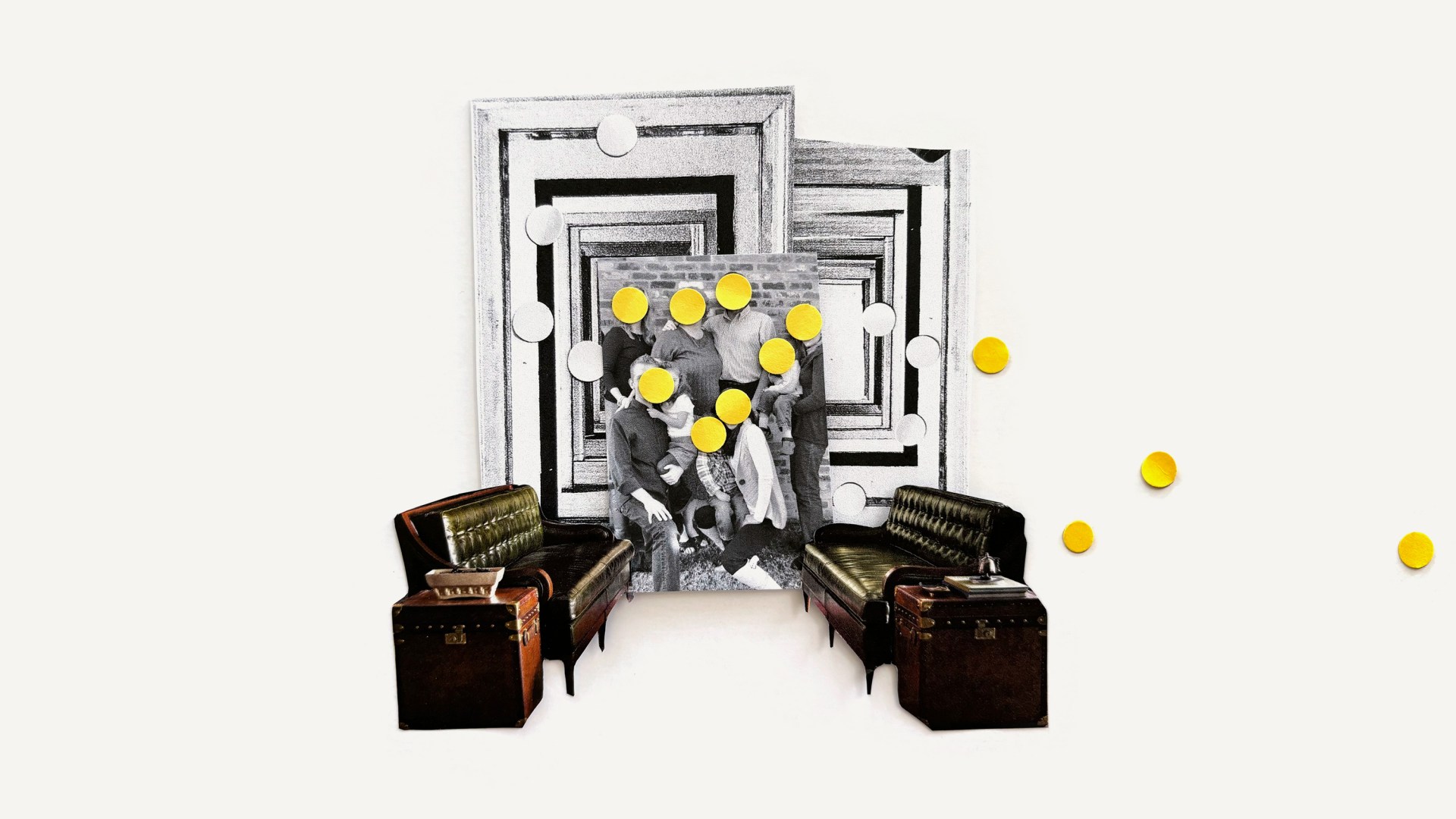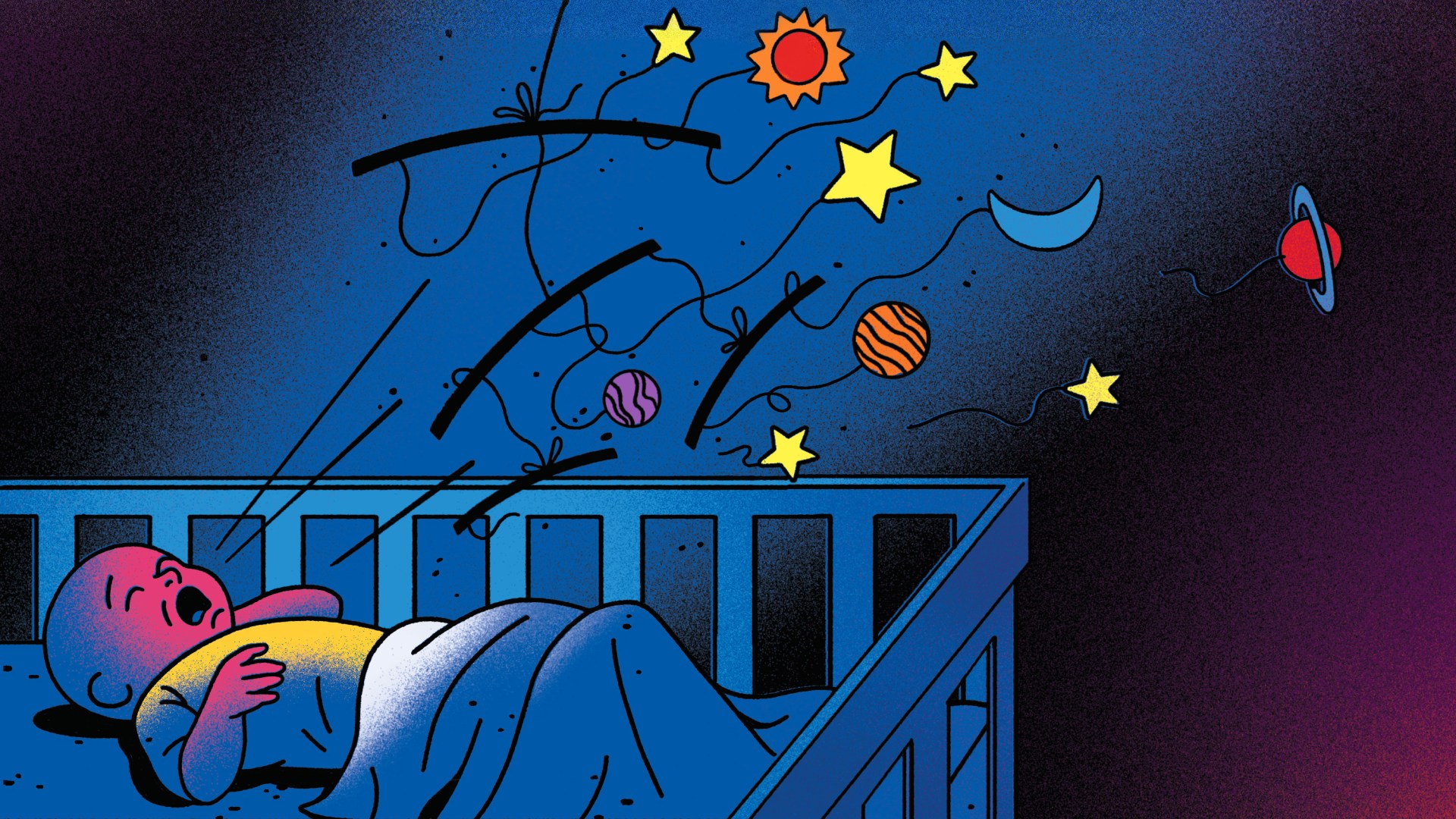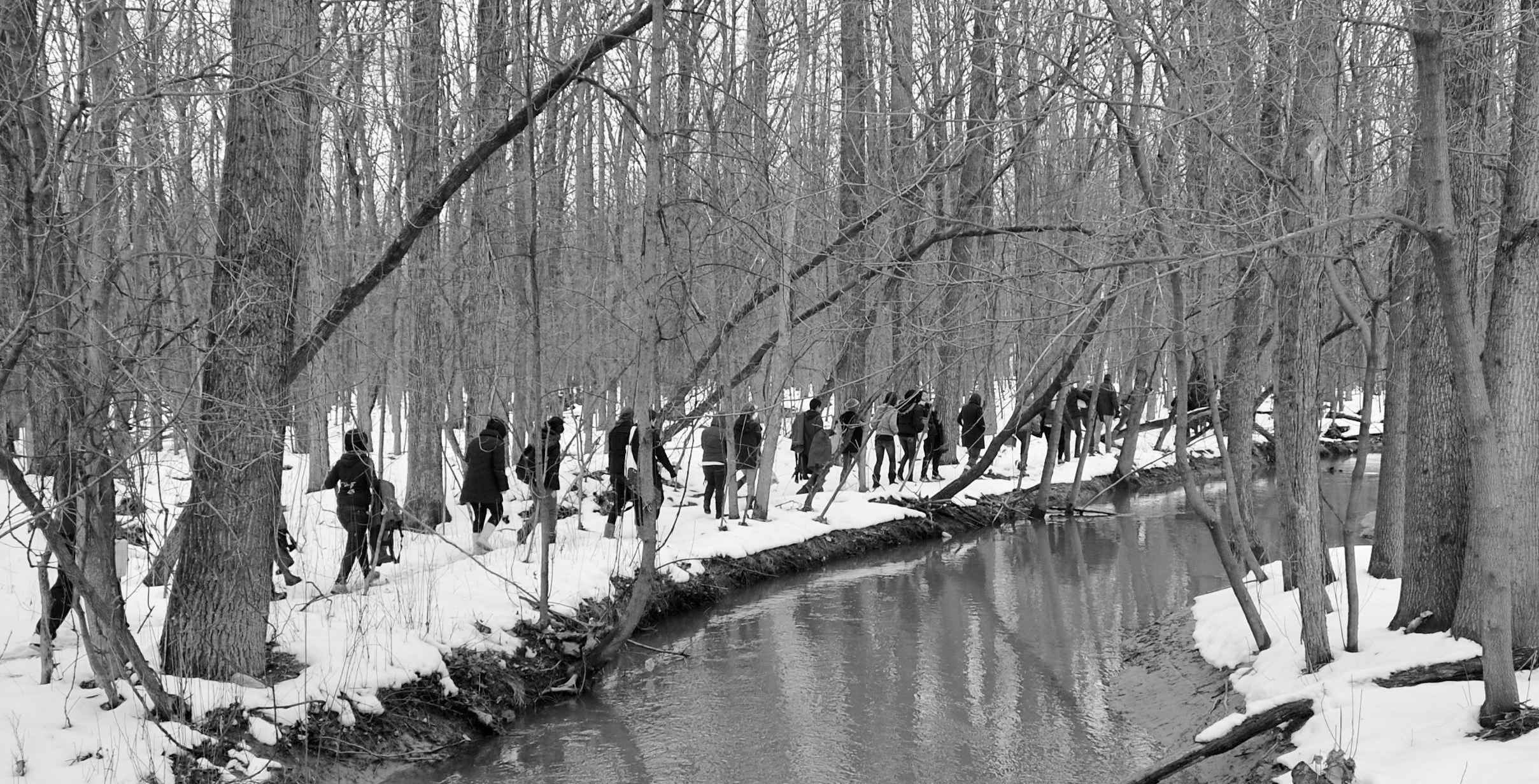You may have heard this story before: While studying the past at Oxford, an atheist scholar converts to Christianity.
But this isn’t the story of C. S. Lewis. This is the tale of Sarah Irving-Stonebraker, an Australian historian who was appointed as a research fellow at Oxford after earning her doctorate at Cambridge. There, she experienced “a discomforting realisation,” as she recalls in her new book, Priests of History: Stewarding the Past in an Ahistoric Age. “Every achievement merely landed me at the bottom of another ladder.”
Lacking “a larger narrative that might give me a normative vision of human flourishing, a transcendent grounding for morality, or even a means of addressing life’s ultimate concerns,” Irving-Stonebraker began to read theology and attend church as her academic career continued. While teaching in Florida, she observed Christians take Communion one Sunday morning to the sounds of a hymn whose “words and music took me out of Tallahassee, out of myself, and into a much larger story. . . . There seemed to be a purpose to human history and to time, after all.”
Her conversion overcame not only an atheistic worldview but also a larger sense of living “an ahistorical life.” Though she studied the past professionally, she hadn’t learned to see herself “as a part of any enduring historical communities that might help frame a deeper purpose for my life.” Instead, she had been formed by what she calls the “Ahistoric Age,” whose residents are unwilling to “think of ourselves as historical beings” and are virtually unable “to engage meaningfully with the past.”
As Irving-Stonebraker observes, becoming a Christian offered her “the ultimate story about a God who . . . pursued us by inhabiting time,” a story that “seemed to make sense of human history.” But it also carried a divine calling: “to tend and keep time, including the past. In short, we are to be a witness to the past, cultivate it, and keep uncovering the stories and ideas that comprise the history of the world.”
Tending the past (“uncovering the historical stories of people sometimes overlooked, bringing historical injustices to light, and recognising the sins of the past, including our own,” as Irving-Stonebraker puts it) and keeping it (“protecting and passing down historical knowledge and our heritage as Christians”) is not just the work of historians. Irving-Stonebraker describes stewardship of the past as the responsibility of all members of God’s common priesthood—which is to say, all believers.
This requires a broader definition of “history” than academic historians may find comfortable, but she suggests specific ways that professors, pastors, and parents alike can tend and keep the past.
Irving-Stonebraker brings to her book the skills of a gifted scholar. Her seamless integration of examples from history, theology, and literature testifies to the many ways that stewarding the past can further intellectual formation. Her particular studies in the history of science inform her larger project. In one instance, she cites Robert Boyle, a 17th-century Irish chemistry pioneer, whose notion of the scientist as “priest of nature” inspires her conception of Christians as “priests of history.” And her research into Francis Bacon’s views on colonial expansion illustrates how we can avoid reducing history to “ideological simplicity.”
Irving-Stonebraker is at her best when sharing stories—not just those of long-dead scientists and theologians but those of family and friends practicing stewardship of the past today. Hearing from someone with her background, an Australian Anglican who studies early modern Europe, broadens our view of the Christian story and reminds American readers that theirs is not the only nation that struggles with its complicated past.
Moreover, such anecdotes underscore Irving-Stonebraker’s argument that “we embed our identity in stories.” To postmodern people who feel adrift from the currents of history, storytelling about the past offers a powerful way to understand who we are—and whose we are.
Alas, Irving-Stonebraker waits until the very last pages of Priests of History to fully tell her best story: that of her own journey from atheism to Christianity. It was jarring, for one thing, to have the conversion narrative that began the book continue only in occasional snippets. Had she prioritized her story at the outset, Irving-Stonebraker could have given readers a more vivid impression of our modern alienation from history.
Instead, she opens with loud condemnations of a secular worldview that stresses creating our own identities by liberating ourselves from inherited traditions. If one problem with the Ahistoric Age is its tendency to reduce the past to sweeping generalizations, then the solution is not to make similarly unsubtle claims about the present. But Irving-Stonebraker falls into that trap when she issues broad-brush statements like this: “We believe that the past is merely a source of shame and oppression from which we must free ourselves. . . . We do not believe history has a narrative or a purpose.”
I don’t doubt that many people nowadays—as in previous eras—do find the past irrelevant, if they aren’t ignoring it altogether or looking at it through the lens of ideology. But early on in Priests of History, there’s far too little of the nuance, empathy, humility, and comfort with complexity that Irving-Stonebraker rightly associates with historical study at its finest.
Take, for instance, how she presents the global phenomenon of “protests about and tearing down of statues.” While Irving-Stonebraker acknowledges that these actions take place “against the backdrop of genuine injustices in the present, particularly the ongoing issues of racism,” she unfairly presents such protests as “a highly politicised approach to history in which people appear to care passionately about history’s symbols and what they represent” (italics mine).
The most famous example of this theme in the American context, debates over Confederate commemoration, is far more complicated. As historian Karen Cox has documented in her book No Common Ground: Confederate Monuments and the Ongoing Fight for Racial Justice, “Lost Cause” memorials were themselves meant to impose a vision of white supremacy on African Americans who have protested such structures since they were erected. When activists promote counter-commemoration of the Civil Rights Movement—as when a bronze statue of John Lewis replaced a Confederate memorial in Decatur, Georgia, this summer—they are tending and keeping the past, not dismissing or distorting it.
Fortunately, most of the book’s later chapters warmed my historian’s heart. Here, Irving-Stonebraker strikes a good balance between revealing the problem of ahistoricism and pointing to its solution, showing how Christians can tell multifaceted stories of a complicated past. She shows, moreover, how to mine that past for religious practices that attest to our status as “historical beings” participating in God’s larger story of redemption.
While the overly broad claims of the book’s opening section left me wanting to make counterarguments and point out counterexamples, the more subtle details of the second and (especially) third sections convicted me of ways that I too am a historian living ahistorically.
But if Irving-Stonebraker’s critique of the Ahistoric Age is mostly persuasive, it’s also incomplete, leaving unexamined or underexamined two versions of ahistoricism that are particularly influential among some groups of Christians.
First, she doesn’t seem to realize the wide popularity of providential history within certain evangelical circles. Plenty of American believers are convinced that God has specially called and blessed the United States and continues to superintend its unfolding history.
This is certainly a way of finding identity in a story that claims transcendent meaning, but as many other Christian historians have long argued, such an interpretation of the past is deeply problematic on both historical and theological grounds.
Second, it’s dismaying that Irving-Stonebraker has so little to say about the ahistorical thinking that undergirds promises to “make America great again.” Perhaps this is less of a problem in Australia than it is in the US, but what CT editor in chief Russell Moore wrote in a 2016 New York Times piece remains true in 2024: “White American Christians who respond to cultural tumult with nostalgia . . . are blinding themselves to the injustices faced by their black and brown brothers and sisters in the supposedly idyllic Mayberry of white Christian America.”
To her credit, Irving-Stonebraker doesn’t want us to look at the past “through rose-tinted sentimentality.” Nor would she have us look away from “the horrific wrongs of history.” Chapter 7 introduces abolitionists like Mary Prince, Anne Hart Gilbert, and Elizabeth Hart Thwaites. And chapter 8 presents Frederick Douglass as “a model of how to engage with the sin of the past,” someone who called out the sources of injustice while holding out hope for redemption.
However, Irving-Stonebraker would rather celebrate Christian opposition to evils like white supremacy than examine Christian complicity in them. On balance, she spends far more time suggesting how Christians can keep or “guard” the past (holding to historic orthodoxy, retrieving past practices for discipleship, telling inspirational stories of Christian witness) than how they can tend it, which includes reckoning with noble and ignoble legacies alike.
Thankfully, many of today’s Christ-ian historians are modeling these virtues in their work. Sean McGever’s recent book Ownership, a nuanced account of slavery and 18th-century evangelicalism, is one example. Another is Malcolm Foley’s The Anti-Greed Gospel, an examination of “racial capitalism” due out in February 2025. So while I do recommend Priests of History as making a case for the Christian stewardship of the past, I would encourage readers to put Irving-Stonebraker’s writing in conversation with that of Christian historians more focused on tending to the parts of our past we might prefer to forget.
Christopher Gehrz is professor of history at Bethel University in St. Paul, Minnesota. He writes about Christianity, history, and education at his Substack, The Pietist Schoolman.

